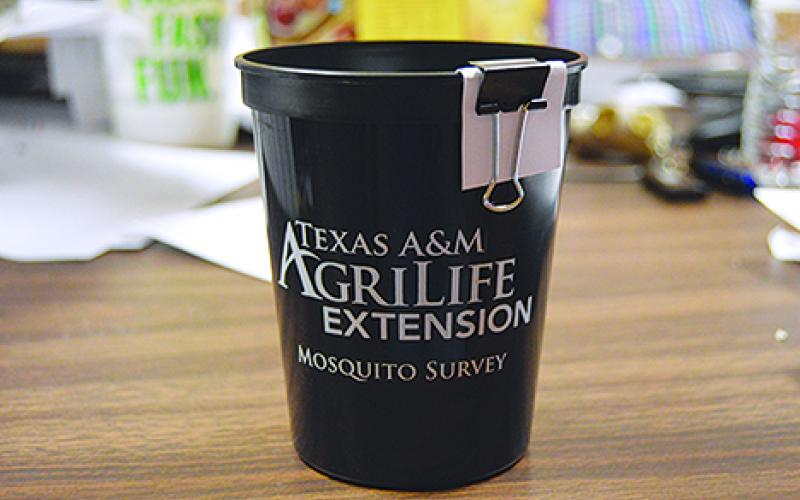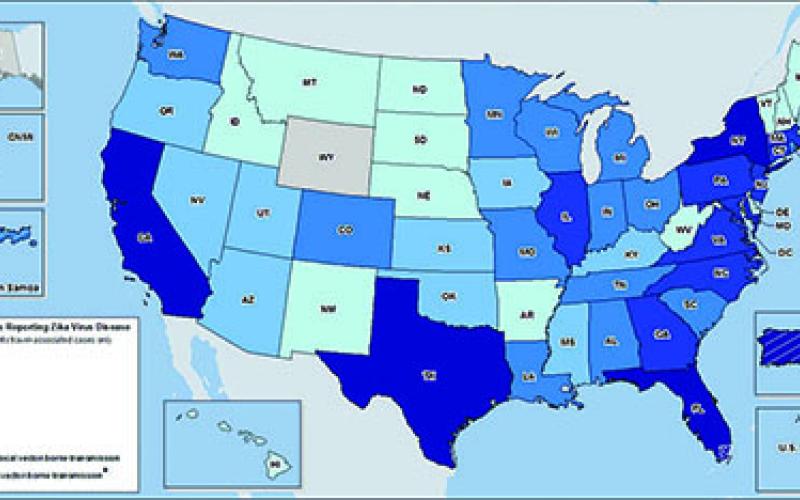All Texas counties now testing for Zika virus
Thomas Wallner
newsdesk@grahamleader.com
The Young County AgriLife Extension office got the job from the state of placing mosquito testing kits around the county to keep a tight watch for the spread of the Zika virus.
Young County is one of the 254 Texas counties testing their area for Zika, according to Young County Extension Agent Justin Rogers. There is currently no vaccine or medicine for treating Zika, according the Center for Disease Control,and the virus can potentially be passed from a pregnant woman to her child, causing birth defect or other severe fetal brain defects.
“Zika is tied to this microcephaly, this condition where the babies have unusually small heads and often can cause brain problems and isn’t developed fully, so that’s why it’s not so much Zika but this microcephaly which can be fatal and cause serious brain damage,” Rogers said. ”That is the link between why Zika is such an important disease to monitor because of women and their children.”
On Feb. 1 the World Health Organization declared a Public Health Emergency of International Concern because of clusters of microcephaly and other neurological disorders affecting certain areas. The CDC is working with public health partners and state, local and territorial health departments to alert health care providers about the virus.
Rogers and those who will be assisting him with the five tests placed around the county will put a new testing kit out each Monday and turn the kits in on Thursday. The tests will be sent to the Texas A&M AgriLife Extension District Office in Stephenville where they will be tested by an entomologist.
The kits will be placed in Olney, Lake Graham and other possible breeding locations around the county, according to Rogers. Each location will be at a private residence so the kits will be easy to monitor and replace on a weekly basis.
“With our rain we are seeing that (mosquitos) thrive on rainy wet conditions and so that is why we are seeing a larger population, it is because of Mother Nature,” Rogers said.
For the rest of this story, pick up a copy of Wednesday’s Graham Leader, or subscribe to our online edition.





